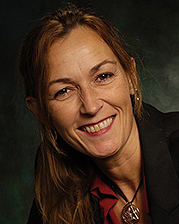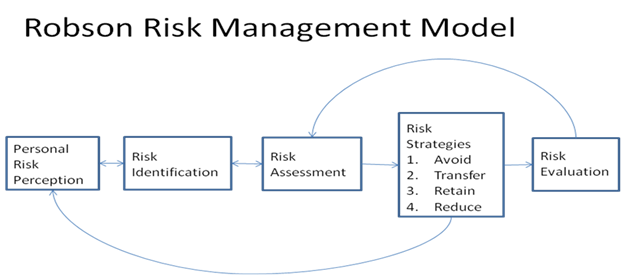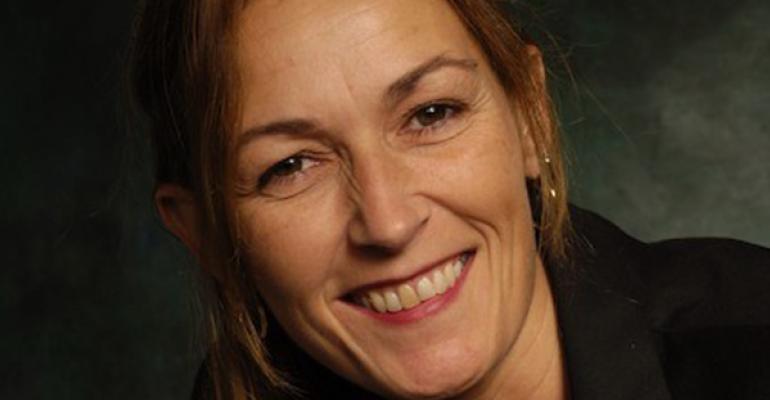 There has been a lot of conversation over the years about risk management; this has included its importance and how to do it. Unfortunately, all this conversation has taken place separately, and there is not a consensus for how to approach and implement risk management for events.
There has been a lot of conversation over the years about risk management; this has included its importance and how to do it. Unfortunately, all this conversation has taken place separately, and there is not a consensus for how to approach and implement risk management for events.
I joined this conversation, or at least started to follow it, after the Sept. 11 attacks. What I noticed was a focus on catastrophes and/or disasters through the creation of emergency plans. While this was helpful, because it was something, it didn’t seem logical to me. The reason was that these catastrophes/disasters were handled by governments. I saw the necessity for creating emergency plans, but wanted something that was more applicable to the events that I planned.
So began my journey of researching and trying to understand risk management overall and specifically for the events industry. This was something that was fascinating to me, so I decided to devote time to the study of risk management, and decided to turn it into a degree and a career. For the next 2.5 years, I read academic and industry articles, went to conferences and workshops, and talked to event professionals to discover as much as I could.
Creating the Customized Risk Management Plan
After all that I realized that there was no way to create a single risk management plan; events and event professionals were too different. Instead, I created a risk management model that could guide event professionals through a process that would end in a risk management plan that would be personalized to the individual and the event. This would make it easier to implement, easier to understand, and more effective.
The Robson Risk Management Model is a holistic approach to risk management. The approach has five components: Personal Risk Perception; Risk Identification; Risk Assessment; Risk Strategies; and Risk Evaluation. As you can see by the model, each component is connected to the other, and it’s important to be reflective and thoughtful as you work through each one.

Each component has guidelines, which are beyond what can be discussed here. (I use this model to teach a 15 week class and still don’t have enough time to cover everything.) The short version of how to use this model is to be thoughtful, reflective and truthful.
To Start: Determine Your "Personal Risk Perception"
Once you have discovered your "Personal Risk Perception,” you can use it to create a risk management plan that is inclusive and unbiased.
In order to demonstrate due diligence, which is the legal standard used to judge liability, we need to start using resources to support our decisions. These resources are used primarily in the identification and assessment components of the model. They include things like industry publications, weather reports, and crime statistics, to name a few.
In the "Risk Identification" component, resources are used to create a more holistic and inclusive list of potential risks associated with the event. In the "Risk Assessment" section, resources give data that will highlight the probability of a risk manifesting and the reasonable consequences of it.
Resources are important because they allow us to make informed decisions and judgments as well as to explain our logic to others. Not only does this reduce the potential to be held liable in the case of a risk manifesting, it also allows event staff to gain a deeper understanding of the plan. This deeper understanding makes it easier for them to be able to support and implement the plan.
The "Risk Strategies" section is focused on developing the policies and procedures for dealing with a risk, both before and after it manifests. They allow us to determine the risks that we will need to deal with, and which ones should be given to someone else more qualified to deal with it. They are also the basis for creating what I call “action plans.” These have been referred to as “emergency plans,” “crisis plans,” and “disaster plans.” I prefer “action plans” because it is less emotional, which can reduce the stress when people have to implement them.
Action plans are the step-by-step instructions of how to deal with a risk that has manifested. They should use simple language and walk people through each step of the plan. When a risk has manifested there is the potential for panic, having simple, easy to follow instructions increases confidence and success.
The last component, "Risk Evaluation," is the one most event professionals ignore, both in risk management and in planning overall. The reason is that they have a thousand other tasks waiting in the wings to complete, so they need to move on. In addition, there is a lack of training in conducting evaluations, which has resulted in ineffective data.
The evaluation needs to be connected to the purpose of the risk management plan and the event overall. It should examine each component of the process for challenges as well as successes. Quite often we focus on the challenges, which are legitimate concerns, to make sure they don’t reoccur. We need to identify and examine what we did well, so that we can continue to do it, and to see if we can apply it to other areas.
So there you have a very abridged run-down of the Robson Risk Management Model. I presented this at ILEA Live 2015 and will be presenting a hands-on session using the model at ILEA Live 2016 in Austin, Texas. Every time I discuss risk, or use the model, I learn different pieces of knowledge and ways to think about events. As a life-long student and geek, this is very appealing to me.
Dr. Linda Robson is an associate professor at Endicott College in the School of Hospitality Management. She worked as an event planner for more than 20 years, planning events in New Zealand, Europe, the United States and Canada. She has planned academic conferences, opening ceremonies, sports tournaments and children’s events.
She has a PhD from the University of Waterloo, with research focused on event risk management, as well as a master of tourism administration degree from George Washington University and the special event coordinator designation from Ontario Tourism Education Corporation. Her combination of experience and education has given her a unique perspective on the events industry; she brings a practical, applied knowledge to her classroom, her speaking sessions, and to the events she plans.
She is a member of MPI, the director of students for ILEA Boston and founder of the Endicott Event Management Organization. She received the Spirit of ILEA Awards and Student Connection Award from ILEA Boston, and was nominated for an Excellence in Teaching Award at Endicott College. She has written articles, case studies and book chapters, for both industry and academia, about risk management and the events industry. She has spoken at The Special Event, ILEA Live, PCMA’s Annual Conference, EventWorld and MPI’s WEC.





